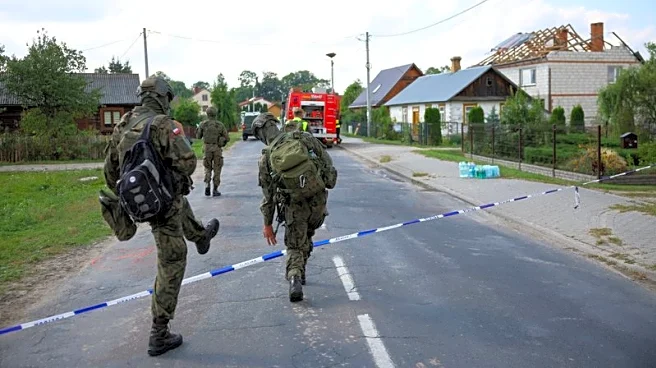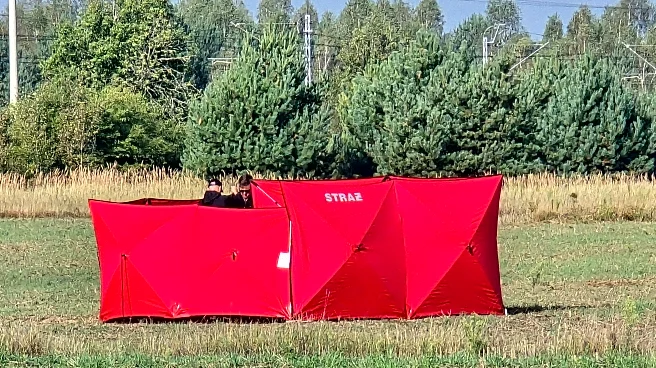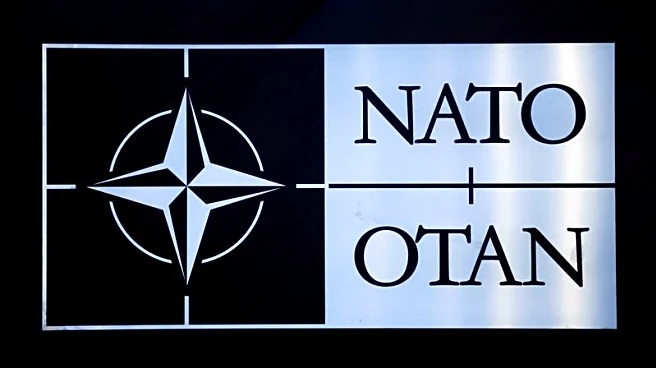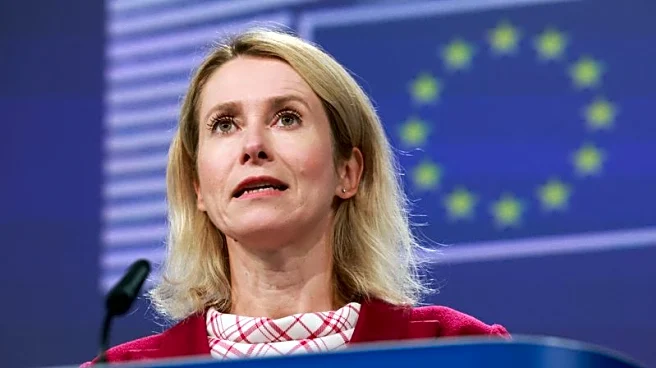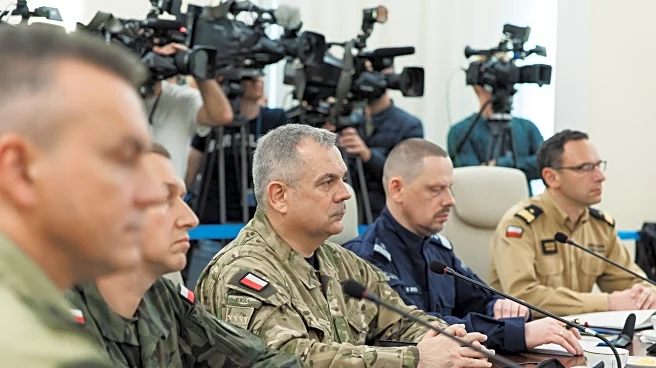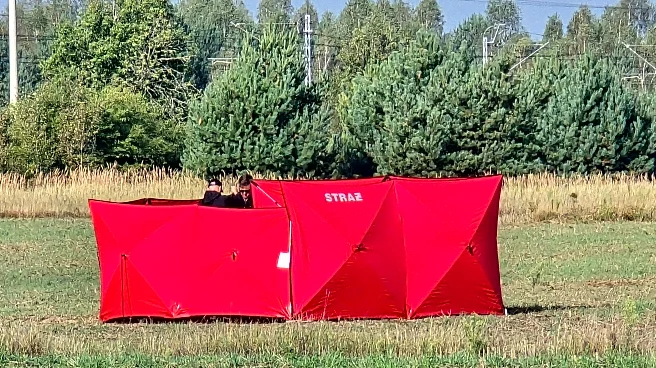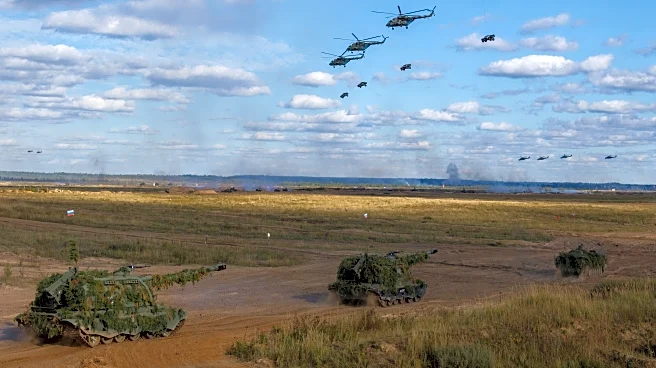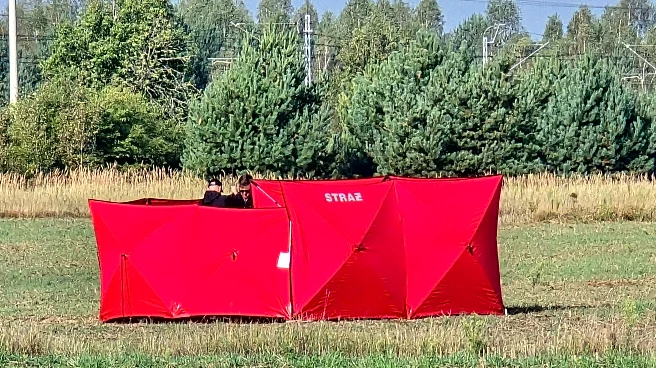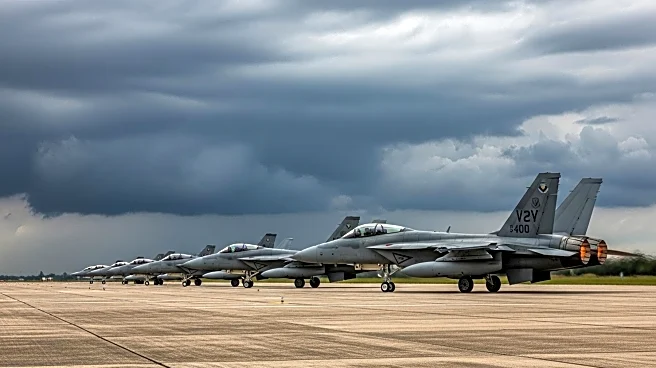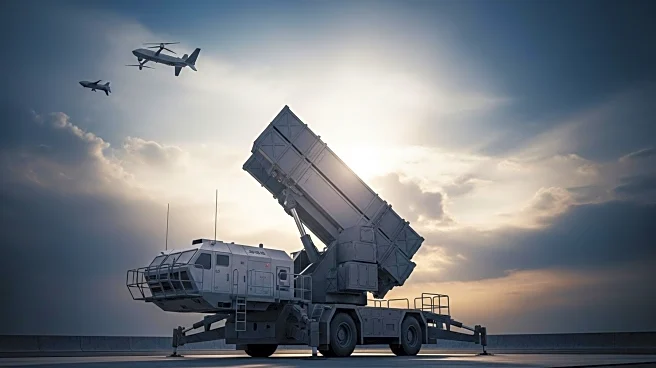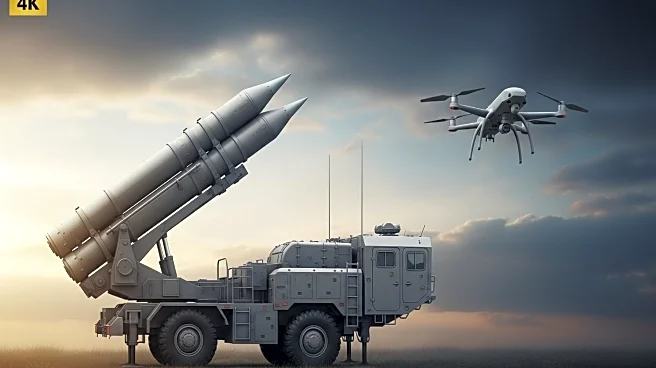By Andrew Gray
BRUSSELS (Reuters) -After NATO aircraft intercepted drones in Polish airspace overnight, the Western military alliance sought to reassure its citizens on Wednesday that everything had gone as it should.
The incident represented the most serious spillover of the war in Ukraine to date for NATO, as its aircraft engaged the drones that it said came from Russia.
“Our air defences were activated and successfully ensured the defence of NATO territory, as they are designed to do,” declared Mark
Rutte, NATO’s secretary general.
“NATO’s swift response to Russian drones violating Polish airspace overnight is firm. Well done to the responders, that's the way we do business!” exclaimed Admiral Giuseppe Cavo Dragone, head of the alliance's military committee.
HOW PREPARED IS NATO FOR DRONES?
But analysts say the incident raised significant questions for NATO about whether foreign drones should even be able to enter its airspace and how well equipped the alliance is to deal with such threats.
“It is a very good illustration that we need to be not only vigilant but more decisive in our actions,” said Peter Bator, a Slovakian former ambassador to NATO.
While the reason for the incursion remains unclear, Bator said it was “unacceptable” that the drones were able to enter NATO airspace, which meant the alliance was reacting to a threat rather than deterring one, as it is meant to do.
He asked if it would have been acceptable for foreign troops to enter NATO territory, as the drones could. “There’s not much difference between drones and troops,” he said.
Bator suggested NATO could agree with Ukraine that it would be allowed to strike Russian drones inside Ukraine that posed a threat to the alliance before they entered NATO airspace.
However, NATO operates by consensus, and there has been little sign that such a move would get support from all allies, some of whom are extremely wary of being sucked directly into the war.
In previous, more minor incursions of drones or debris from the war in Ukraine - in countries including Poland, Latvia, and Romania - the alliance opted not to respond militarily.
Moscow denied responsibility for the latest incident, with a senior diplomat in Poland saying the drones had come from the direction of Ukraine. Russia's Defence Ministry said its drones had carried out a major attack on military facilities in western Ukraine, but it had not planned to hit any targets in Poland.
CHEAP DRONES MET WITH BIG-TICKET RESPONSE
The incident also raised questions about whether the alliance, founded more than 70 years ago during the Cold War, has the right, cost-effective military setup to deal with the relatively modern threat of unmanned aerial vehicles.
A Polish military spokesperson said a large proportion of the drones were of the Gerbera type – an “exceedingly cheap fixed-wing UAV made from styrofoam with a range of several hundreds of kilometres,” according to researcher Fabian Hinz of the International Institute of Strategic Studies.
The NATO response involved big-ticket weaponry such as F-35 and F-16 fighter jets, Mi-24, Mi-17, and Black Hawk helicopters, as well as Patriot air defence systems, according to officials.
Forces from Poland, the Netherlands, Italy, and Germany were among those involved in the response.
That multi-national arsenal was apparently enough to deal with some 19 drones, some of which were shot down if Polish authorities deemed they posed a threat.
But the war in Ukraine has been the scene of highly intense drone warfare, often involving attacks by hundreds of drones at a time.
That poses a challenge for some of NATO’s more traditional air defence systems, which were designed to protect against missiles and manned aircraft.
“Western air defence systems have not been designed with affordable UAV systems being used on such a large scale in mind,” Hinz said in an emailed commentary.
“Shooting them down using manned aircraft such as fighter jets and helicopters is possible, as has been demonstrated, but requires a high pace of operations if the threat is continuous.”
Phillips P. O’Brien, a professor of strategic studies at St Andrews University in Scotland, said the drones' incursion had been “a pinprick compared to what Ukraine experiences nightly.”
“They should have been identified as possible threats much earlier and defense preparations put in place with plenty of time,” O’Brien said in a Substack post.
“It should have been child’s play for NATO,” he said. "God help them if they are faced with 600 UAVs and missiles on a single night."
Asked if NATO needed to better protect against drones, Secretary General Rutte said: “Of course, we always have to make sure that we are one step ahead. But I think last night showed that we are able to defend every inch of NATO territory.”
(Reporting by Andrew GrayEditing by Rod Nickel)
